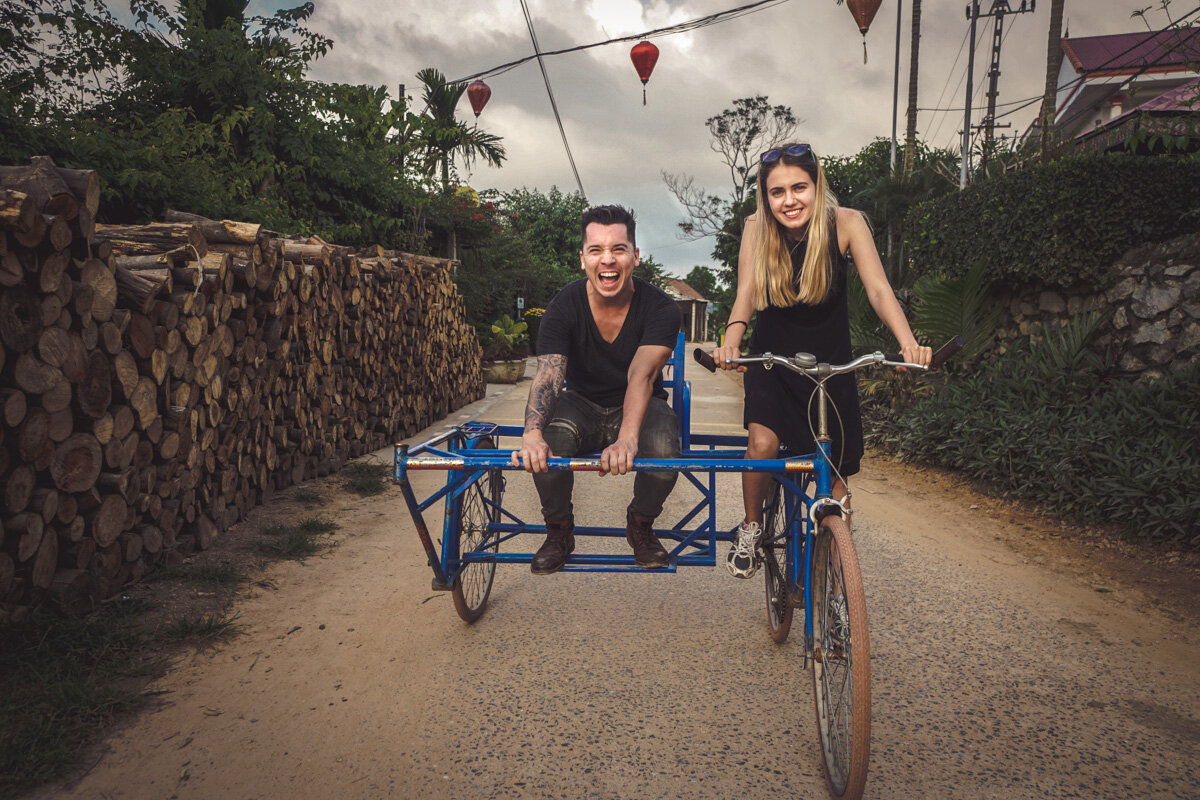Things To Do in Gulfport, Mississippi: The Road Trip Sweet Spot
/Things To Do in Gulfport, Mississippi: The Road Trip Sweet Spot
There’s something almost poetic about the open road, the endless horizon, the soundtrack of tires on asphalt, the promise that something unforgettable is just beyond the next bend. But too often, the modern road trip becomes a checklist instead of a journey. We try to squeeze in everything: every landmark, every diner, every photo stop. And somewhere between the sunrise departure and the late-night arrival, the joy of the adventure starts to blur.
The truth? The best road trips aren’t about doing it all. They’re about feeling it all.
The Problem with Trying to See it All
If you’ve ever returned home from a trip feeling like you need a vacation to recover from your vacation, you know this one too well. Overplanning kills the spontaneity that makes travel magic. When your itinerary leaves no room for detours or downtime, every delay feels like failure.
Trying to see it all is a form of fear, fear of missing out, fear of not making the most of your time. But when every hour is accounted for, you’re not really traveling; you’re just moving. The best stories rarely come from the moments you planned. They’re born from the unexpected, like the roadside fruit stand that turned into an hour-long chat with a local, or the quiet viewpoint you stumbled on just before sunset.
When you strip away the pressure to “cover ground,” you rediscover what road trips are really about: curiosity, connection, and the freedom to change direction when the moment calls for it.
How to Plan Routes that Breathe
The art of a great road trip isn’t in the number of miles, it’s in the rhythm. Think of your route like a piece of music: it needs both crescendos and rests. The best way to plan a route that breathes is to leave deliberate space for the in-between moments.
Start by picking fewer destinations and staying longer at each. A five-hour drive might look efficient on a map, but it’s exhausting when every stop becomes a race against sunset. Instead, plan for shorter stretches, three to four hours max, and layer in flexibility.
Research alternative routes that pass through small towns, scenic byways, or local gems. Those detours add richness and texture. Use Google Maps or road trip planners not as rigid scripts, but as loose frameworks. And don’t be afraid to deviate if something catches your eye.
The beauty of slowing down is that it invites you to notice the changing light, the shifting landscapes, the small things that make each stop feel like a world of its own.
Finding Balance with Scenic Overnight Stays
Here’s where most rushed trips fall apart: the accommodations. When you’re bouncing from one hotel to another just to keep up with your route, rest becomes transactional. But choosing the right place to stay can actually deepen your experience.
This is where a well-chosen RV park can transform your trip. These spaces aren’t just convenient, they’re immersive. You can wake up surrounded by pine trees, cook breakfast under an open sky, and still have the comfort of modern amenities close by. It’s the sweet middle ground between adventure and ease, giving you a home base that moves with you while letting the landscape set the tone for each morning.
If you’re planning your route, look for overnight spots that fit the journey’s rhythm. Maybe it’s a quiet lakeside campground halfway between two major stops, or a rustic cabin near a national park. Choose places where you’d actually want to linger, not just crash. Those nights become the heartbeat of your trip, anchoring all the miles in something memorable.
The Slow-Travel Payoff
When you stop rushing, you start noticing. You remember the scent of the ocean that drifted in through the cracked window, the way the stars looked over that lonely stretch of highway, the laughter that echoed in the middle of nowhere.
The sweet spot isn’t about how far you go, it’s about how fully you’re there when you arrive. The road will always be waiting. You just have to meet it halfway.



















